



Dicey Exploits
gamer level 8
33653 xp
33653 xp
followers
38
38
Use my invite URL to register (this will give me kudos)
https://boardgaming.com/register/?invited_by=scatheoholic
profile badges




recent achievements

Guardian Angel
Give 2500 hearts (loyalty points) to a single game
Give 2500 hearts (loyalty points) to a single game

Novice Advisor
Submit 10 game tips, strategies, or house rules and receive a total of 270 positive ratings.
Submit 10 game tips, strategies, or house rules and receive a total of 270 positive ratings.

El Dorado
Explore select games by completing a series of exploration actions ...learn more »
Explore select games by completing a series of exploration actions ...learn more »

Stone of the Sun
Explore select games by completing a series of exploration actions ...learn more »
Explore select games by completing a series of exploration actions ...learn more »
Player Stats
Critic (lvl 3)
1345 xp
1345 xp
Explorer (lvl 5)
5323 xp
5323 xp
Professor (lvl 3)
1032 xp
1032 xp
Reporter (lvl 3)
733 xp
733 xp
About Me
When I'm not busy writing for yars.co.uk, I'm a student at London South Bank University studying Game Cultures (a...fancy way of saying I study game design). James Wallis pointed me towards the terrifically tense Pandemic last year, and since then I've amassed enough board games to almost create a supporting structure in my student accommodation.
I'm partial to Breaking Bad, enchiladas and the odd gif or two of daft dogs being daft.
I've also started looking like a plonker on camera, doing board game reviews. URL below and all that jazz.
Oh, and I'm also a twit. @Scatheoholic

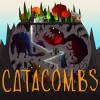




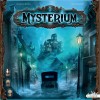
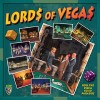
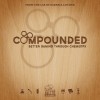







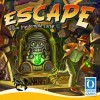





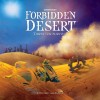


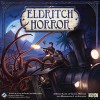






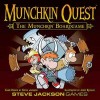


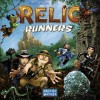

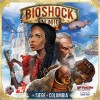
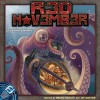











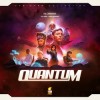










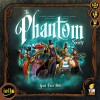
























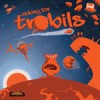



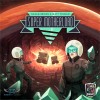


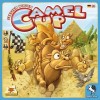
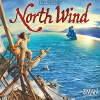
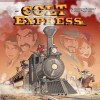






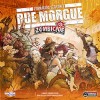







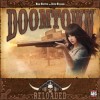





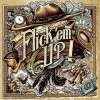

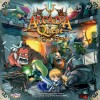
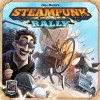




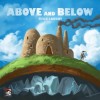
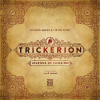

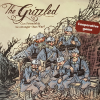


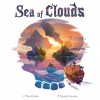
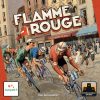









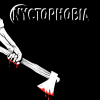














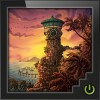







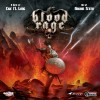



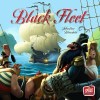



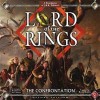
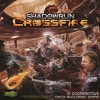












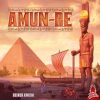


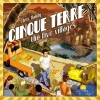

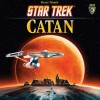

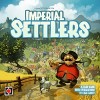
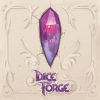








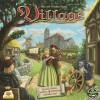




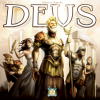


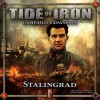




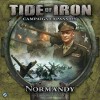
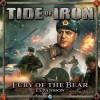

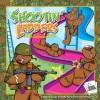
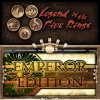







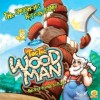

Pandemic: On the Brink
A swift opinion:
*Nice amount of add-ons for a decent price.
*Modular extras that can easily be swapped in or out dependent on how challenging you want your game.
*Even more variations to make each game interesting.
A video opinion: https://bit.ly/2T3mAZe
A wordy opinion:Expansions are… delightful little curiosities. Cardboard add-ons are nowhere near as egregious as some of their video game counterparts have become, but near to all the ones I’ve added onto my tabletop experiences have surmounted to a party wide exclamation of ‘Oh, that was neat!’ before delving into discussion about the main mechanics that existed before we even bolted it on. Barely any have made an impact, but one expansion in my collection is one that’s shuffled itself so well into its base game that I never play a game without it.
Pandemic: On the Brink comes with a whole host of add-ons, both positive and overwhelmingly, Earth endingly negative. Leading the flu frontline for the latter is a 5th disease, a fresh batch of Purple Pain (working title). Purple cubes can litter themselves around the map in unpredictable ways, through mutation cards hiding in the infection deck that, when drawn, spawn cubes according to the card in the bottom of said deck. Whilst these aid those cubes appearing, 3 Mutation cards hide in the Player deck to ensure they can spread in ingenious/annoying ways.
This 5th disease adds air of unpredictability to the game, as literally any city can succumb to its wrath, and with only 12 cubes, the danger of running out of them looms over the entire game. But if that’s not worrying enough, you can always add the new set of blood red Epidemic cards to proceedings.
Virulent Strain Epidemic cards both replace regular Epidemic cards and do the unthinkable; make you miss the pesky little blighters that caused so much pain in so many games of vanilla Pandemic. When drawn, not only do they add a trifecta of cubes and shuffle previously infected cities back, they can also hit the players with extra negative effects that could last the remainder of the game. Whereas the addition of Purple Pain (Patent Pending) feels like a funky mod to shake things up, this feels like a true step up in terms of difficulty. Before, Epidemics were a disgusting nuisance. Now, they can potentially be a genuine blow to a team’s morale.
Thankfully, the team has backup. 6 new vaccine viscounts enter to find a cure to the cubes, ranging from the humble Generalist who has 5 actions instead of 4 to the stern Field Operative who can hold cubes of a certain disease in a bid to lessen the number of cards needed to find its cure. The Containment Specialist almost acts like a toned down version of the souped-up Medic post cures, removing a cube from cities that have 2 or more of them. They’re an interesting bunch, ones that don’t complicate the abilities of the original team and bring enough variation to be welcomed into your squad.
One new role isn’t so handy though. The Bio-Terrorist can be claimed by a player if they wish to play an odd variant of Pandemic where they go in direct competition with those trying to save the world. As the team attempt to hoover up cubes as best they can, whoever is playing as the Bio-Terrorist is spreading purple cubes in a bid to end the game early. As their moves on the board are shrouded in secrecy unless a player crosses paths with them, in which case they must declare their presence. It plays like a strange hidden movement game that’s… fine? Just fine. It’s a nice variation on the formula, but doesn’t exactly add much to a game which brings so much joy to teams that come together against a faceless, relenting foe.
That negativity doesn’t really effect the end product though, thanks to On the Brink’s modular format. Anything that makes the game more of a challenge can be easily added or disregarded depending on how much pressure you want to be put under, and the more positive aspects like new team member and event cards shuffle in so easily, they practically become part your vanilla Pandemic experience.
It take a truly special expansion to integrate itself so well into its main companion that you can’t really imagine playing without it. it also takes a truly special expansion to add copious amounts of stress to an already daunting experience and still make it enjoyable. Pandemic: On the Brink fits the bill, and out of the three expansions the game offers, is arguably the most essential.
Oh, it also includes petri dishes for your cubes. Sorry to waste your time with the above, as I know those make it an insta-buy.